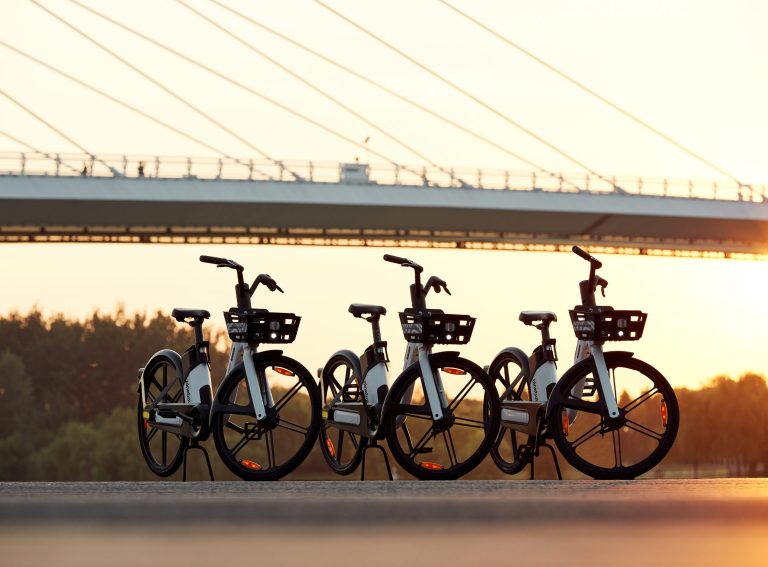Author: James Nash, co-founder of ActiveScore
For too long, the UK’s national strategy has neglected the crucial need for integrated active travel infrastructure.
Despite the Government’s limited commitment, as shown by a modest investment of £101 million to promote cycling and walking, progress is not keeping up with our communities urgent demands. The idea that public sector efforts alone can address these shortcomings is unrealistic and impractical.
The barrier – a knowledge gap
The approach needs to change. Real estate owners and developers must step up and take on more responsibility in partnership with the public sector. After all, the buildings they build and manage are directly connected to active travel. Embracing this responsibility has clear benefits: improved connectivity increases property value and effectively attracts and retains tenants.
Pioneering policies such as the London Plan mandate active travel infrastructure for planning permission. However, such initiatives are not widespread and require more consistency across different regions.
This inconsistency is due to a knowledge gap — a mismatch between local regulations and national best practices, leaving property stakeholders without the guidance needed to implement meaningful changes.
Furthermore, there is a common oversight in public sector discussions, which often focus solely on street-level infrastructure while neglecting the significant role that real estate can play in this ecosystem. Despite our efforts to collaborate with public sector leaders on this over the past seven years, we have been met with silence.
The solution – upping responsibility
The responsibility for creating environments that are supportive of active travel within private developments has been noticeably lacking. Areas that could be turned into vibrant centres for cyclists and pedestrians are being left unused.
I imagine a future where real estate plays a crucial role in expanding infrastructure for active travel by utilising underused spaces within buildings to reduce the strain on street-level facilities. Just think of the potential if new developments were required to facilitate “on-street” bike share systems as a condition of their planning permission, upgrading community access and involvement in active travel.
Developers typically contribute to local infrastructure costs at the start of a project, but it’s crucial for them to continue supporting operational sustainability. This includes backing communal services such as bike-share systems, which are essential for the success of active travel initiatives.
Collaboration and strategic alignment between the public and private sectors are essential. The launch of Active Travel England was a step forward, but there’s a notable gap in recognising the integral role of the private sector. Without a united front, the potential of our national active travel infrastructure cannot be fully realised.
3 actions for the next UK government
Significantly boost active travel funding. Spending on active travel is significantly dwarfed by road expenditure. From 2016 to 2021, the average annual spend on roads was £148 per person, more than ten times the amount allocated to active travel. Despite this imbalance, investments in active travel deliver a much higher return on investment (ROI) of £5.62 for every £1 spent, compared to £2.50 for every £1 spent on road construction.
Introducing a nationwide policy for active travel standards in new construction would be a beneficial move. The existing absence of clear, consistent standards results in varying quality across the country. Current localised standards are often outdated, leading developers and real estate professionals to follow poor advice.
The UK government also needs to incentivise businesses to provide active travel infrastructure. Transport for London (TfL) used to offer businesses on site cycle parking in the form of a grant to incentivise employers to take up active travel. Called the ‘Cycling Workplaces scheme’, it was a huge success. In the year 2014/15 the programme provided 18,485 new cycle parking spaces across London. We need schemes like this back on the board.
Together, I firmly believe we can redefine urban mobility and build a future that champions sustainability, enhances property value, and improves the quality of life for all. Let’s not just build spaces; let’s redefine how we move between them.











